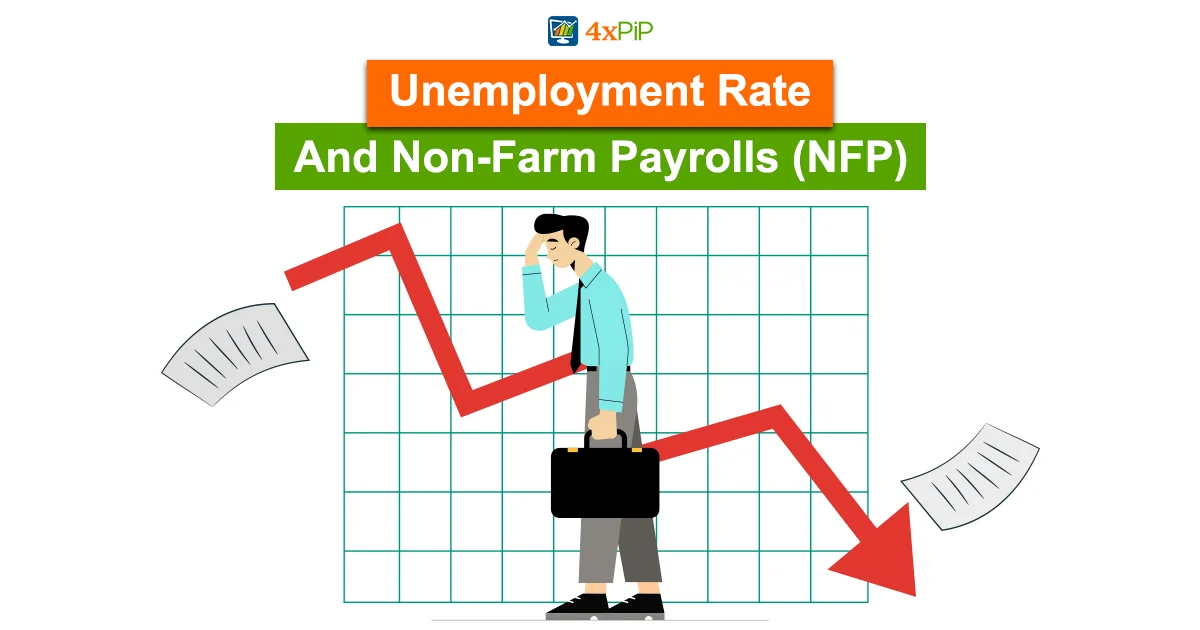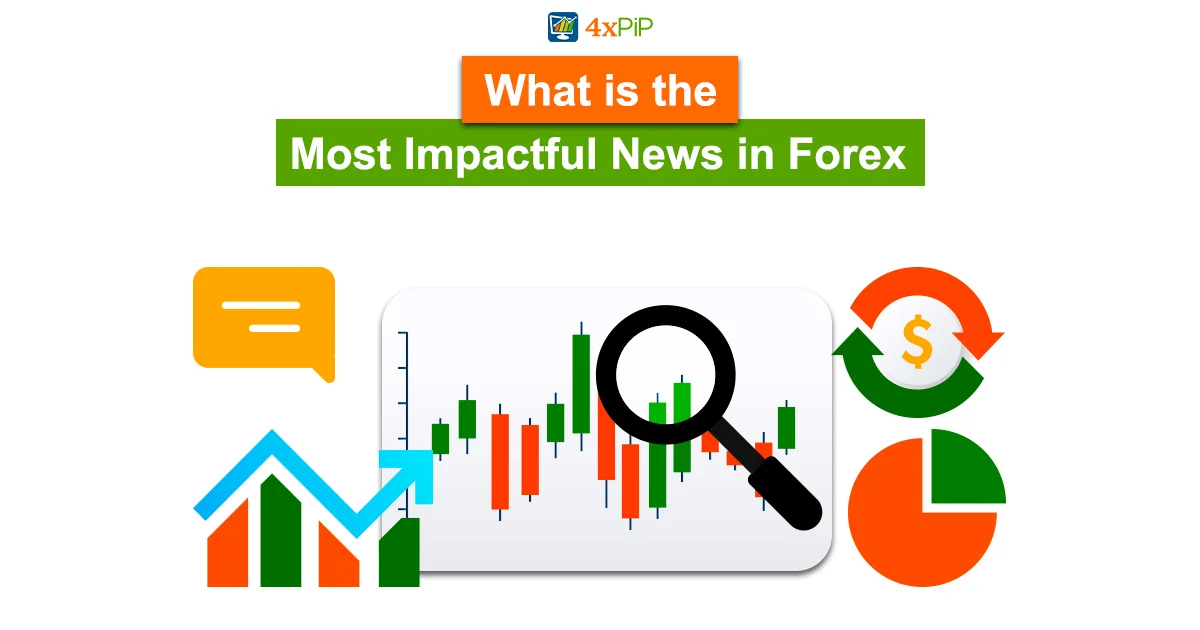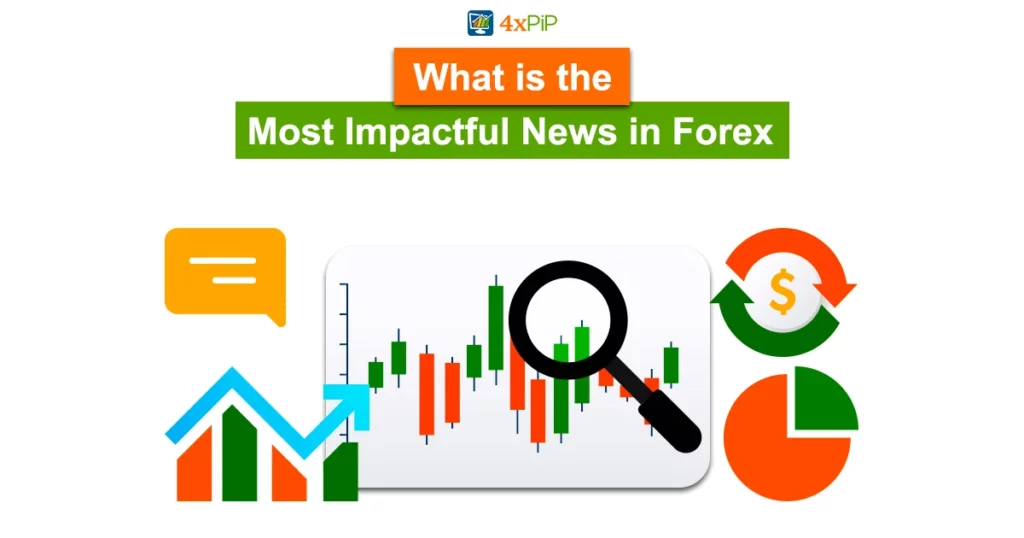Welcome to the world of forex trading, where understanding key economic events is the key to success. In this guide, we’ll explore crucial aspects like central bank decisions, job market indicators, economic health measures, and trade dynamics. This knowledge is essential for making smart decisions in the forex market. As you dive into the currency markets, consider 4xPip as your go-to resource for trading tools. Check out what they offer, and if you need help, reach out to their experts at [email protected]. Now, let’s break down why these economic events matter and how they influence the exciting world of forex trading.
Central Bank Meetings and Interest Rate Decisions

Central bank meetings and interest rate decisions are pivotal moments in the financial world, shaping the monetary policies of different economies. The intricate relationship between interest rates and currency strength is central in forex trading. Put simply, higher interest rates typically strengthen a currency, while lower rates tend to weaken it. During central bank announcements, traders keenly observe these decisions that reveal inflation expectations, providing insights for anticipating potential market movements.
For a deeper understanding, let’s delve into the significance of these events. Central banks, such as the Federal Reserve or the European Central Bank, hold meetings where crucial decisions on interest rates are made. Interest rates are a reflection of a country’s monetary policy, influencing borrowing costs and, consequently, economic activity. Higher interest rates can attract foreign capital seeking better returns, strengthening the country’s currency. Conversely, lower interest rates make the currency less attractive, potentially leading to depreciation.
These announcements are crucial for traders as they provide a glimpse into a country’s economic health and future policy direction. The decisions made during these meetings can have profound effects on currency values, making it imperative for traders to stay informed and adapt their strategies accordingly.
Unemployment Rate and Non-Farm Payrolls (NFP)

The employment landscape is a key indicator of economic health, and forex traders closely monitor the unemployment rate and non-farm payrolls (NFP) data. A lower unemployment rate and robust NFP figures are often catalysts for a stronger currency. These indicators signal a thriving job market and robust economic activity, factors that positively influence a currency. Conversely, higher unemployment and sluggish job creation can exert downward pressure on a currency.
Understanding the nuances of these indicators is crucial for traders. The unemployment rate, expressed as a percentage of the total labor force, provides insights into the health of the job market. A declining unemployment rate suggests a growing economy, potentially strengthening the country’s currency. Non-farm payrolls, on the other hand, represent the total number of paid U.S. workers, excluding farm employees, government employees, and non-profit organization employees. A positive NFP figure indicates job growth and economic expansion, contributing to a positive outlook for the currency.
As traders analyze these indicators, they gain valuable insights into a country’s economic well-being. The employment landscape has a direct impact on consumer spending, which forms a significant part of a country’s economic activity. Therefore, staying informed about these indicators is essential for making informed trading decisions.
Gross Domestic Product (GDP) and Consumer Price Index (CPI)
Gross Domestic Product (GDP) and Consumer Price Index (CPI) are fundamental metrics that provide a window into a country’s economic health. Higher GDP signifies robust economic growth, supporting the respective currency. Conversely, lower GDP levels may weigh on a currency’s value. Additionally, monitoring CPI helps traders gauge inflation levels. Higher CPI may exert pressure on a currency, while lower levels may provide support.
Let’s break down the significance of these economic indicators. Gross Domestic Product measures the total value of goods and services produced by a country, reflecting its economic performance. A growing GDP indicates economic expansion, potentially strengthening the country’s currency. Conversely, a shrinking GDP signals economic contraction, potentially leading to a weaker currency.
Consumer Price Index measures the average change over time in the prices paid by consumers for a market basket of consumer goods and services. It is a key indicator of inflation. Higher CPI suggests rising prices, potentially eroding the purchasing power of a currency. Lower CPI, on the other hand, indicates subdued inflation, which can provide support to the currency.
Traders analyzing these indicators gain a holistic view of a country’s economic landscape. GDP reflects the overall economic health, while CPI provides insights into inflation levels, influencing the purchasing power of a currency. A careful analysis of these indicators allows traders to align their strategies with the prevailing economic conditions.
Retail Sales and Trade Balance
The performance of a country’s retail sector and its trade balance are influential factors that shape currency demand. Elevated retail sales and a trade surplus indicate economic vitality, contributing to increased demand for the country’s currency. Conversely, lower retail sales and a trade deficit can dampen currency demand.
Let’s delve into the dynamics of these indicators. Retail sales represent the total value of goods sold by retailers, providing insights into consumer spending patterns. Higher retail sales indicate increased consumer confidence and economic activity, potentially strengthening the country’s currency. On the flip side, lower retail sales may signal economic challenges, potentially impacting the currency negatively.
The trade balance, on the other hand, reflects the difference between a country’s exports and imports. A trade surplus occurs when exports exceed imports, potentially strengthening the country’s currency. Conversely, a trade deficit, where imports surpass exports, can put downward pressure on the currency.
For traders seeking a comprehensive understanding of market dynamics, closely monitoring these indicators is essential. Retail sales provide insights into consumer spending patterns, a crucial component of economic activity. Simultaneously, the trade balance reflects a country’s competitiveness in the global market, influencing the demand for its currency.
Summary
Navigating the intricacies of forex news is essential for traders seeking success in the dynamic currency markets. Understanding the impact of central bank decisions, employment indicators, economic health metrics, and trade dynamics provides a comprehensive foundation. With a nuanced approach to these crucial factors, traders can make informed decisions, potentially leading to successful outcomes in their forex ventures.












